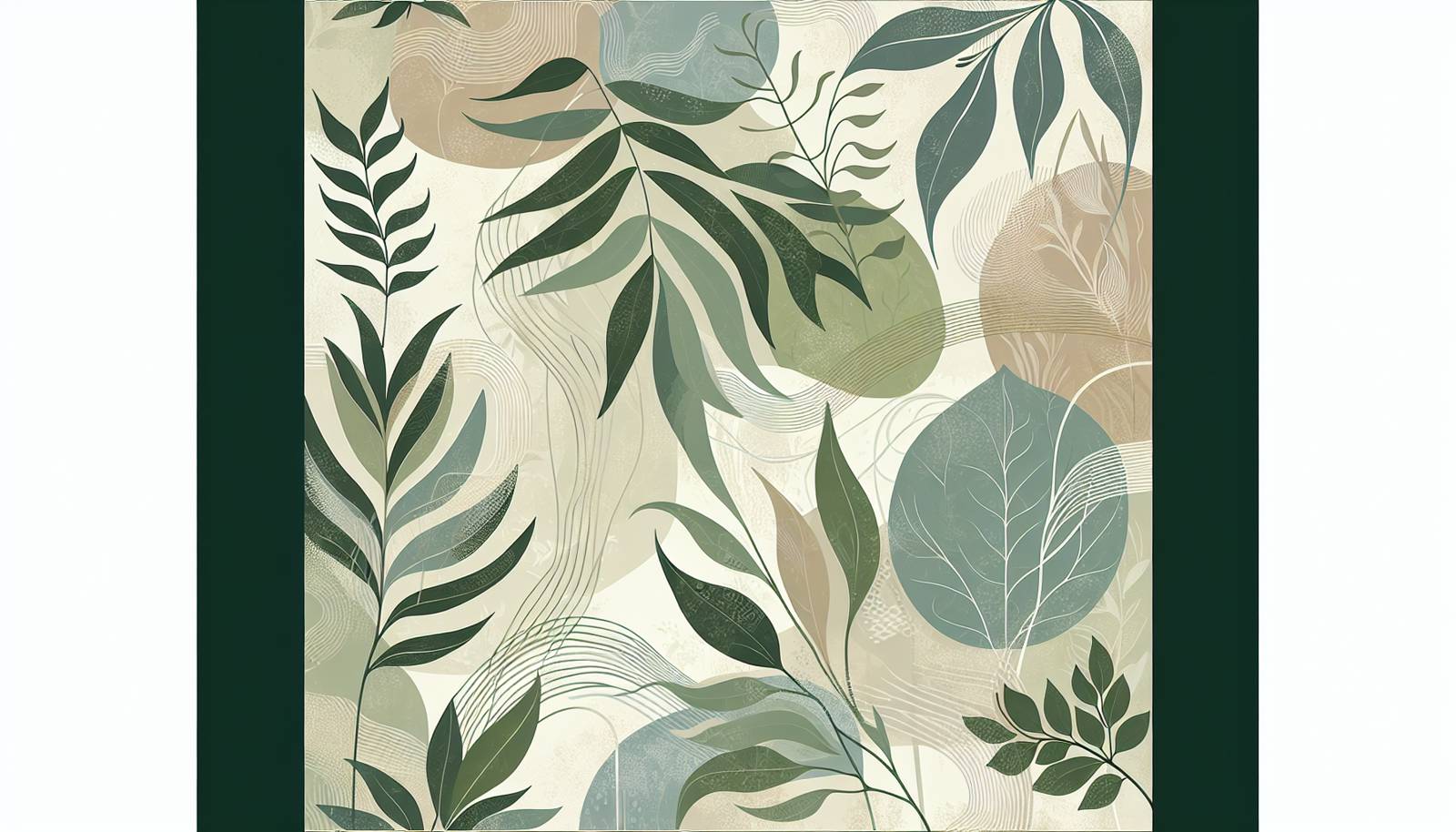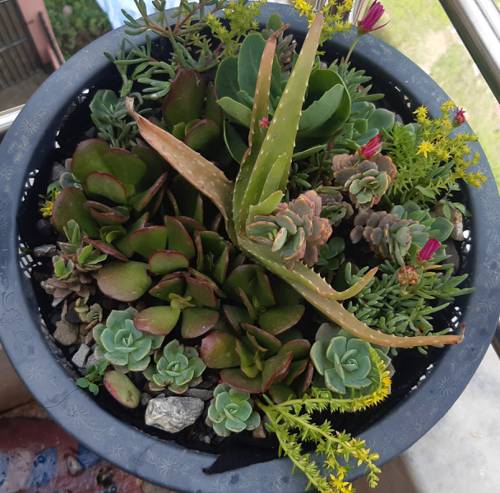
FAQ About Restorative Indoor Plant Layouts

What are restorative indoor plant layouts?
Restorative indoor plant layouts are strategic arrangements of plants within indoor spaces designed to have positive effects on human mood and well-being. These layouts are configured based on psychological principles and spatial design to create environments that reduce stress, enhance mood, improve air quality, and provide a calming atmosphere.

How do plants enhance mood and well-being in indoor environments?
Plants improve mood and well-being by bringing elements of nature indoors. The presence of plants can reduce stress, lower blood pressure, and increase feelings of calm and tranquility. Plants also improve air quality by filtering pollutants and increasing humidity, while their vibrant colors and forms provide visual stimulation that can enhance mood.

What is the best way to arrange indoor plants for maximum restorative benefits?
The best arrangement for restorative benefits involves considering both visual appeal and practical aspects. This may include clustering plants at varying heights for a balanced look, using plants as room dividers for privacy, and placing them in areas where people spend a lot of time, such as living rooms or workspaces. Natural light access and airflow should also factor into the layout to ensure plants thrive, which further supports their restorative properties.

What psychological principles are involved in designing restorative plant layouts?
The psychological principles involved include biophilia, which is the innate human attraction to nature. Concepts such as attention restoration theory suggest that natural environments, including those enhanced by plants, can restore cognitive function and reduce mental fatigue. Furthermore, stress reduction theory posits that exposure to natural settings can lower stress levels, providing a sense of comfort and calmness.

Can indoor plants really help improve indoor air quality?
Yes, indoor plants can help improve air quality. They act as natural air filters, absorbing pollutants such as formaldehyde, benzene, and trichloroethylene, and increasing humidity by releasing water vapor. This not only makes the air cleaner to breathe but can also alleviate symptoms related to dry indoor air, such as dry skin and respiratory discomfort.

What types of plants are most effective for restorative indoor layouts?
Certain plants are particularly effective at enhancing indoor environments due to their air-purifying capabilities, ease of care, and visual appeal. Examples include the peace lily, snake plant, spider plant, and pothos. Each of these plants has specific qualities that make them suitable for improving air quality and providing aesthetic benefits, which contribute to a restorative indoor atmosphere.

How does biophilic design relate to indoor plant layouts?
Biophilic design is a concept that incorporates elements of nature into built environments to enhance health and well-being. In the context of indoor plant layouts, it involves strategically placing plants in ways that mimic natural settings, thereby satisfying the human affinity for nature and promoting a sense of belonging and comfort.

What spatial considerations should be taken into account when designing plant layouts?
Spatial considerations include the size and scale of the space, natural and artificial light sources, airflow, and foot traffic. It's important to choose plants that fit the scale of the space to avoid overcrowding. Proper light conditions should be maintained to ensure plant health, and airflow should be good to avoid mold and maintain plant longevity. Additionally, plants should be placed in areas where they enhance the flow of space without obstructing movement.

Is there research supporting the benefits of restorative indoor plant layouts?
Yes, there is substantial research supporting the benefits of restorative indoor plant layouts. Studies in environmental psychology have shown that plants can reduce stress, enhance cognitive performance, and improve overall well-being. Furthermore, research into air quality indicates that plants can filter airborne pollutants, contributing to a healthier indoor environment.

How many plants are needed to create a restorative environment indoors?
There isn't a one-size-fits-all answer, as the number of plants needed can vary based on the size of the space, the types of plants used, and personal preferences. Generally, incorporating a few well-placed plants in strategic locations can significantly enhance the restorative ambiance of a space. However, for larger areas or specific needs, more plants might be necessary to achieve the desired effects.

Can indoor plants affect productivity and concentration?
Yes, indoor plants can positively affect productivity and concentration. Research indicates that being around plants can improve focus and cognitive performance by reducing mental fatigue and stress. This can lead to an increase in productivity and a more pleasant working environment, which is particularly beneficial in office settings or home workspaces.

What's the role of lighting in restorative indoor plant layouts?
Lighting plays a crucial role in restorative indoor plant layouts as it affects both plant health and the ambiance of the space. Natural lighting is ideal for maintaining plant health, but artificial grow lights can supplement in low-light conditions. Light can also be used strategically to highlight plant features and create inviting, restful areas within the space, contributing to a soothing environment.

Are there common mistakes to avoid when creating a restorative indoor plant layout?
Common mistakes include over-crowding plants, choosing plants that require more maintenance than can be provided, and not considering the lighting and space needs of different plant species. It's also crucial to ensure plants are placed where they will not obstruct movement or become hazardous. Proper planning and understanding each plant’s needs can help avoid these pitfalls and ensure a successful plant layout.

How can indoor plant layouts be customized for different types of spaces?
Indoor plant layouts can be customized by considering the function and characteristics of the space. For example, a living room may benefit from taller plants like fiddle leaf figs for visual focus, while a kitchen might use herbs in small pots for utility and aesthetics. In an office, smaller, low-maintenance plants could be positioned on desks to promote productivity and stress relief. Each space type requires a tailored approach to maximize the restorative effects of the plants.

What impact do textures and colors of plants have in restorative layouts?
Textures and colors of plants can greatly influence the mood and atmosphere of a space. Lush, green plants tend to evoke feelings of calm and relaxation, while flowering plants can add bursts of color that uplift and energize. The variety in plant textures, such as smooth leaves versus spiked ones, also contributes to a space's tactile and visual interest, which enhances its restorative quality.

Can integrating indoor plants into layouts contribute to sustainability?
Yes, integrating plants into indoor environments can contribute to sustainability. Plants naturally improve air quality, which can reduce the need for mechanical air filtration systems. Additionally, they can help regulate indoor humidity levels, possibly leading to reduced reliance on air conditioning systems. Choosing native or drought-resistant species can further enhance sustainability by minimizing water usage and maintenance needs.

How do cultural preferences affect restorative plant layouts?
Cultural preferences can significantly affect restorative plant layouts as different cultures may have unique associations with specific plants and design aesthetics. Some cultures may prioritize the symbolic meanings of certain plants, such as bamboo for luck, which influences their use in indoor spaces. Understanding these cultural nuances can aid in creating personalized and more meaningful restorative environments.

Are there any specific layout design methods for small spaces?
For small spaces, vertical plant arrangements such as wall-mounted planters or hanging pots can maximize space without cluttering. Using multi-functional furniture that incorporates plants, like bookshelves with built-in planters, can also be effective. Additionally, choosing smaller, low-maintenance plants helps maintain a restorative effect without overwhelming the space.

How often should indoor plants in restorative layouts be maintained?
The frequency of maintenance depends on the types of plants and environmental conditions such as light and humidity. Generally, most indoor plants require weekly watering, periodic cleaning of leaves to remove dust, and occasional fertilizing. Regularly checking for signs of pests or diseases and adjusting care as needed is essential to keep the plants healthy and effective in their restorative role.

What is the role of natural elements other than plants in restorative design?
Natural elements such as water features, natural light, and materials like wood or stone can complement plant layouts and enhance a space’s restorative properties. These elements can create a multisensory experience that mimics outdoor environments, enhancing the grounding and calming effects of the space. Incorporating a variety of natural elements can holistically contribute to well-being and comfort.
